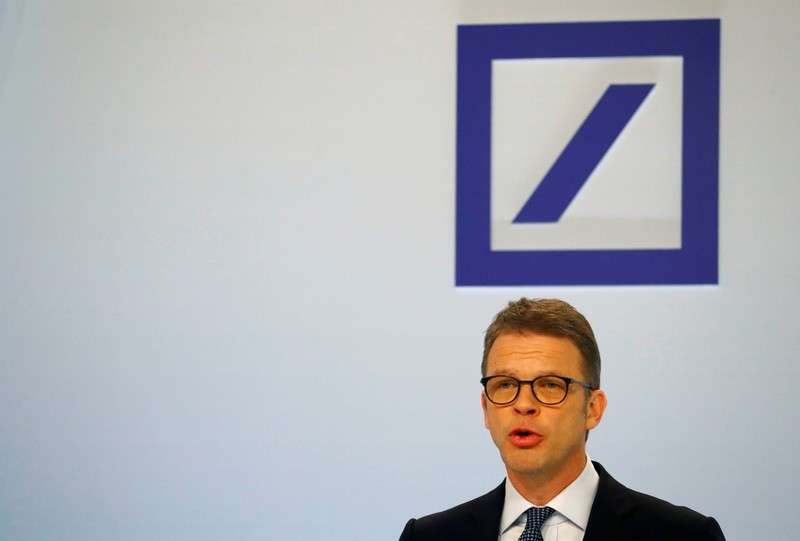On Thursday, the European Central Bank (ECB) implemented a 0.25 percentage point cut to its benchmark deposit rate, reducing it to 2.75% in response to sluggish eurozone growth. This marks the fifth rate decrease since June, influenced by ongoing challenges in major economies like Germany and France. Amidst global uncertainties, including U.S. tariffs and inflation, ECB President Christine Lagarde may signal future cuts, with analysts suggesting a potential drop to around 2% by summer.
European Central Bank Cuts Interest Rates Again
On Thursday, the European Central Bank (ECB) unveiled another interest rate reduction aimed at invigorating the sluggish growth within the eurozone. This move comes amidst uncertainties surrounding the policies of former President Donald Trump, which add complexity to the ECB’s efforts.
The benchmark deposit rate has been lowered by 0.25 percentage points, bringing it down to 2.75%, a decision anticipated by many economists. This reduction marks the fifth decrease in borrowing costs since June, and it is the fourth consecutive cut.
The high-interest rates that characterized 2023, implemented to combat soaring inflation driven by energy prices and the aftermath of the Covid pandemic, are now a thing of the past. According to a statement from the ECB, “The disinflation process is on track” in the eurozone, with the expectation of returning inflation to its 2% target later this year.
Economic Challenges and Global Influences
Recent data from Eurostat indicates that growth came to a standstill at the end of last year, primarily due to underwhelming performances by Germany and France, the eurozone’s largest economies, which are grappling with political instability and structural issues.
Despite these challenges, the ECB’s statement suggests that “adverse factors continue to weigh on the economy,” yet the rise in real incomes and the gradual easing of stringent monetary policies should facilitate a slow recovery in demand.
Meanwhile, the U.S. Federal Reserve decided to maintain its interest rates at a range between 4.25% and 4.50%, responding to persistent inflation and a robust labor market. This decision came even as President Trump called for immediate rate reductions.
As ECB President Christine Lagarde prepares for a press conference at 13:45 GMT, economists anticipate she may signal the possibility of further rate cuts later in the year. However, concerns about Trump’s unpredictable policies could potentially undermine confidence in inflation stabilization, as noted by economists at Deutsche Bank.
At the World Economic Forum in Davos, Trump emphasized the need for domestic production, threatening high tariffs on imports. Such threats could negatively impact European exports and the fragile growth of the eurozone, thereby supporting arguments for additional rate cuts by the ECB. Conversely, increased tariffs in the U.S. could lead to inflation domestically, potentially having global repercussions.
These developments could further complicate the ECB’s governing council, which is already divided on the extent of rate cuts and the effects of U.S. tariffs on price stability in Europe, according to KfW economist Stephanie Schoenwald.
Another critical factor to watch is the price of crude oil, which has surged since December. Analysts remain skeptical that Saudi Arabia and OPEC will heed Trump’s calls to lower prices through increased production. In the absence of significant shocks, Bank of France Governor François Villeroy de Galhau suggests it is “plausible” that the deposit rate could be reduced to around 2% by summer, aligning with the so-called “neutral” rate that neither stimulates nor hinders economic growth while helping maintain inflation at 2%.
